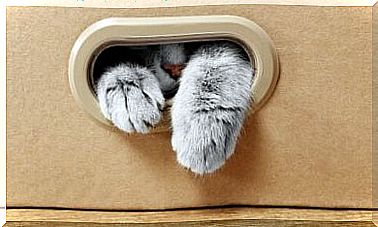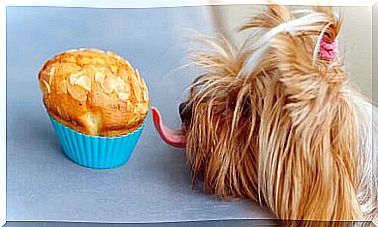How To Handle A Cat’s Anger

Most people who prefer to have a dog over a cat base their decision on the feline’s fickle personality. Cats are often described as beings who care a great deal about their independence. An independence that can be based on indifference or aggressiveness.
The vast majority of aggressive personality-related behaviors that are present in any animal are the result of stressful or dangerous situations. There’s not much the owner can do in these situations, apart from learning to recognize the signs and causes of our four-legged friend’s anger.
How to Recognize a Cat’s Rabies
First of all, it is important to keep in mind that the level of domestication of cats is lower than that of dogs. This means that, when faced with situations of danger, stress or uncertainty, it is normal for them to react in a way that is more similar to a wild animal than to a domestic animal.
This inferior domestication causes cats to live in a state of alertness and semi-permanent tension, especially when they are ready to come into contact with strangers.
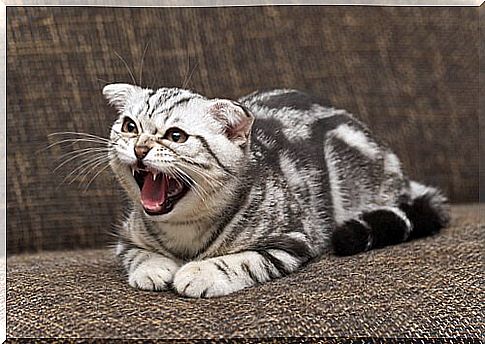
Certain behaviors, which are seemingly harmless, can lead to an unpleasant reaction. Young children, for example, tend to play with cats’ tails and treat them rudely. This can make the pet feel stressed and react against a possible threat.
Below, we’ll show you a list of clues that can help us recognize that our cat is about to react with anger or violence:
- Dilation of the pupils.
- Arched back. A cat, when it senses an imminent threat, will arch its back, show its claws, its teeth, and adopt an attack position with its fur fully bristling. This defensive measure creates a false illusion that the animal is bigger than it really is.
- Folded ears.
- Opening the mouth to show the fangs, which are often linked to the wheezing (wheezing produced in the chest).
- grunts
Early weaning and anger-related problems
A recent study highlighted the relationship between early weaning of feline puppies and anger-prone development. This practice can also lead to the appearance of the so-called stereotyped behaviors, which are those repetitive movements without a defined function.
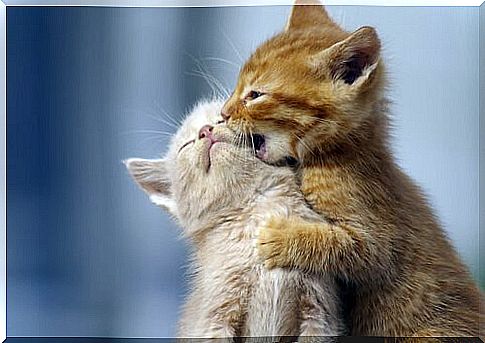
The study, published in Scientific Reports , delved into the consequences of weaning cats under the age of 12 weeks. They were based on 5,726 cats from 40 different breeds. The results showed that those cats that were weaned around the eighth week showed behavior more prone to aggression than fear.
The findings of this study lead us to believe that a weaning from 14 weeks of the kitten’s life was the best solution for the animal.

When we are talking about “weaning” we are not referring only to the end of breastfeeding, but also the separation of the baby from the mother. Wild cats usually spend four to eight weeks with their mother, while the domestic cat or Felis catus (LINEU, 1758) spend an average of four months with their mother before “becoming independent”.
The importance of early socialization in animals
Also known as imprinting , the period of socialization that younger puppies spend with their mother is very important for future neurological and social development. Many of the problems our pets develop during adulthood are caused by early weaning.
During the first few weeks of life, the mother encourages her puppies to develop certain reflexes essential for their bodily functions. She encourages them to move around, look for the chest, and even stimulates their peritoneum to facilitate the baby’s defecation.
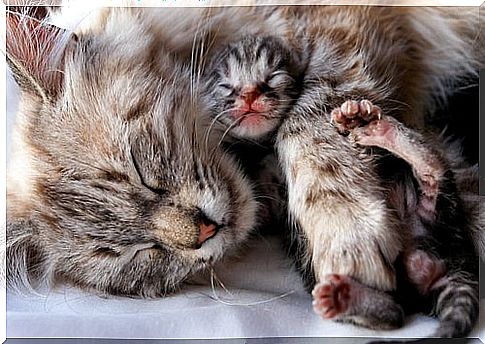
If this process is not completed satisfactorily, the puppy may develop a series of syndromes, as described below:
- Separation reaction syndrome. Animals that experience this syndrome have abnormal and destructive behaviors in the face of long periods of solitude.
- Hyperactivity syndrome. During socialization, the nibbles used by their littermates at playtime teach them not to bite other cats forcefully. If they don’t go through this process, they will channel their energy in a destructive way and bite their owner hard.
- Withdrawal syndrome. This syndrome affects those animals that cannot tolerate noises from outside the environment they are in, such as a car engine, sirens, horns, etc.

